Rising Male Grooming Trends
The Shaving Care Market is experiencing a notable shift as male grooming trends gain traction. Increasingly, men are investing in personal care products, including shaving essentials, which has led to a surge in demand. According to recent data, the male grooming segment is projected to grow at a compound annual growth rate of approximately 5% over the next few years. This growth is driven by changing societal norms that encourage men to prioritize grooming and self-care. As a result, brands are expanding their product lines to cater to this evolving demographic, offering a variety of shaving products that appeal to different preferences and skin types. The Shaving Care Market is thus adapting to these trends, with innovative products designed specifically for men, which may further enhance market growth.
Increased Awareness of Skin Care
The Shaving Care Market is witnessing a rise in consumer awareness regarding skin care, which is influencing purchasing decisions. As individuals become more informed about the importance of skin health, they are seeking shaving products that not only provide a close shave but also nourish and protect the skin. This trend is reflected in the growing popularity of shaving creams and gels that contain moisturizing and soothing ingredients. Market data indicates that products with added skin benefits are gaining market share, as consumers are willing to pay a premium for quality. Consequently, brands are reformulating their offerings to include natural and organic ingredients, aligning with consumer preferences. This heightened focus on skin care within the Shaving Care Market is likely to drive innovation and product development, ultimately enhancing customer satisfaction and loyalty.
Emergence of Subscription Services
The Shaving Care Market is experiencing a transformation with the emergence of subscription services that cater to consumer convenience. These services allow customers to receive regular shipments of shaving products, ensuring they never run out of essentials. This model not only simplifies the purchasing process but also fosters brand loyalty, as consumers are more likely to stick with a brand that provides consistent delivery. Market analysis suggests that subscription services in the shaving sector are growing rapidly, appealing particularly to younger demographics who value convenience and personalization. As a result, traditional retailers are adapting their strategies to compete with these innovative business models. The Shaving Care Market is thus evolving, with brands exploring new ways to engage consumers and enhance their shopping experience through subscription offerings.
Sustainability and Eco-Friendly Products
The Shaving Care Market is increasingly aligning with sustainability trends as consumers demand eco-friendly products. There is a growing awareness of environmental issues, prompting consumers to seek out brands that prioritize sustainable practices. This shift is reflected in the rising popularity of biodegradable razors, refillable shaving systems, and natural shaving creams. Market Research Future indicates that products marketed as sustainable are gaining traction, with consumers willing to pay more for environmentally responsible options. As a result, brands are investing in sustainable sourcing and packaging to meet this demand. The Shaving Care Market is thus evolving to incorporate eco-friendly innovations, which may not only attract environmentally conscious consumers but also enhance brand reputation in a competitive market.
Influence of Social Media and Influencers
The Shaving Care Market is significantly influenced by social media and the rise of influencers who promote grooming products. Platforms such as Instagram and YouTube have become vital channels for brands to reach potential customers, showcasing products through tutorials and reviews. This trend has led to increased visibility for various shaving brands, particularly those that leverage influencer partnerships to enhance credibility and appeal. Market data indicates that brands utilizing social media marketing strategies are experiencing higher engagement rates and sales growth. As consumers increasingly rely on social media for product recommendations, the Shaving Care Market is likely to see a shift in marketing strategies, with brands focusing on digital presence and influencer collaborations to capture the attention of their target audience.


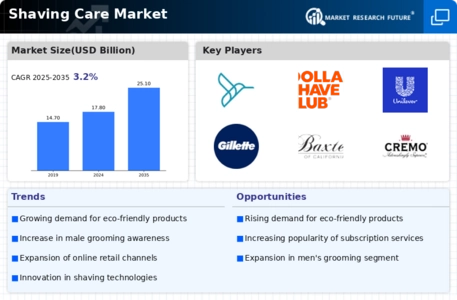
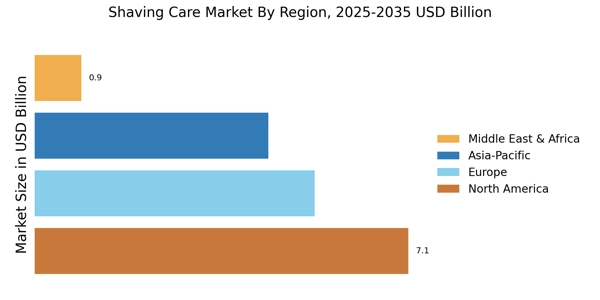
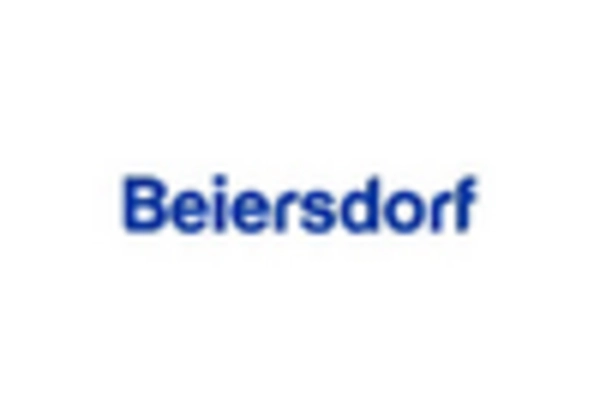
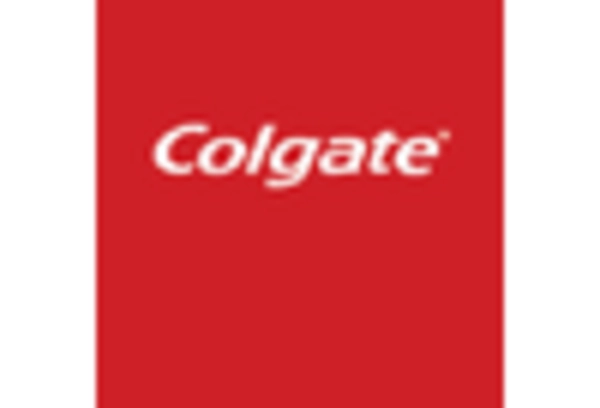
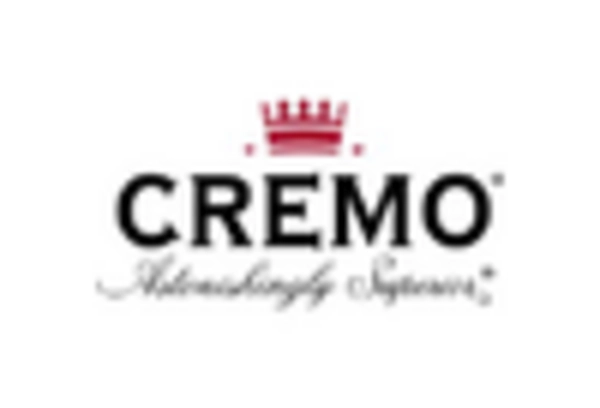
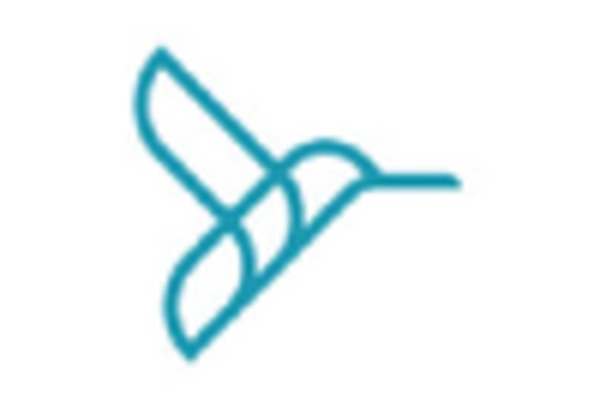
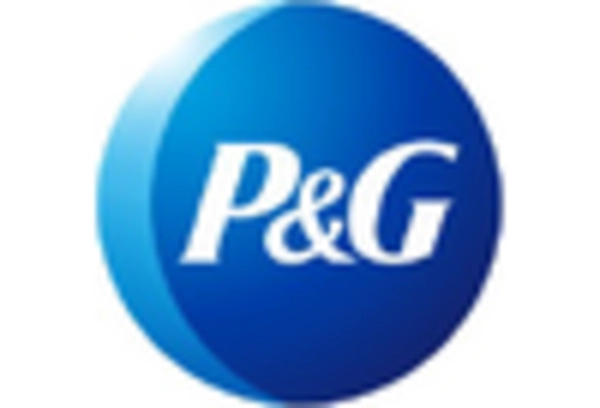









Leave a Comment